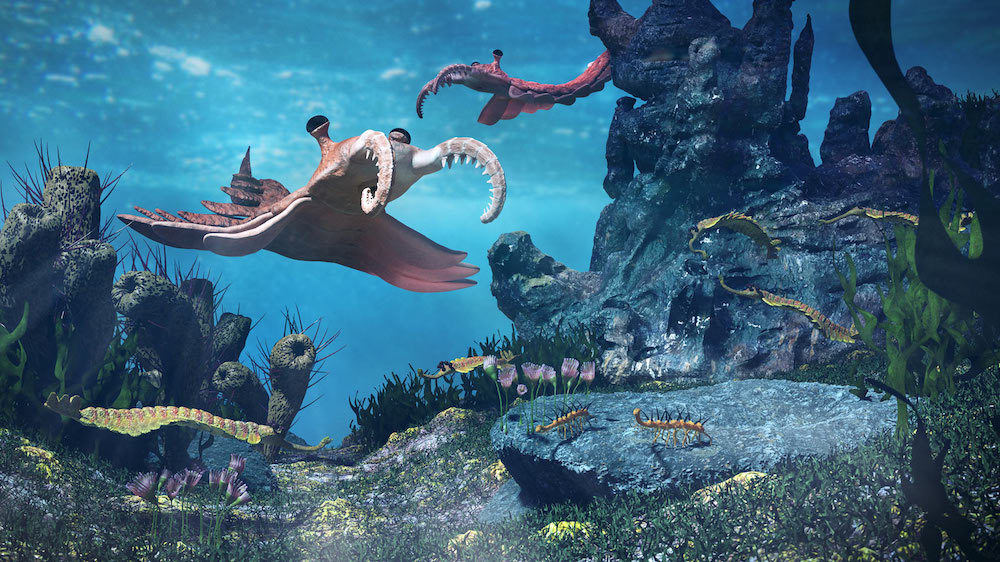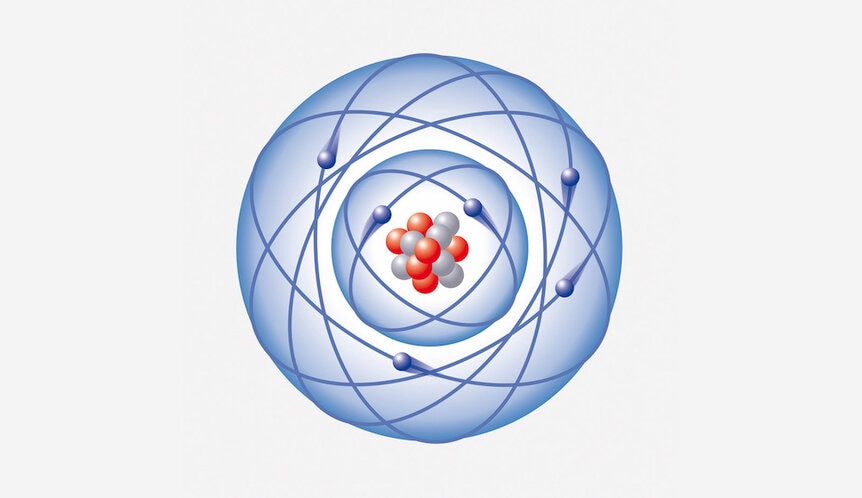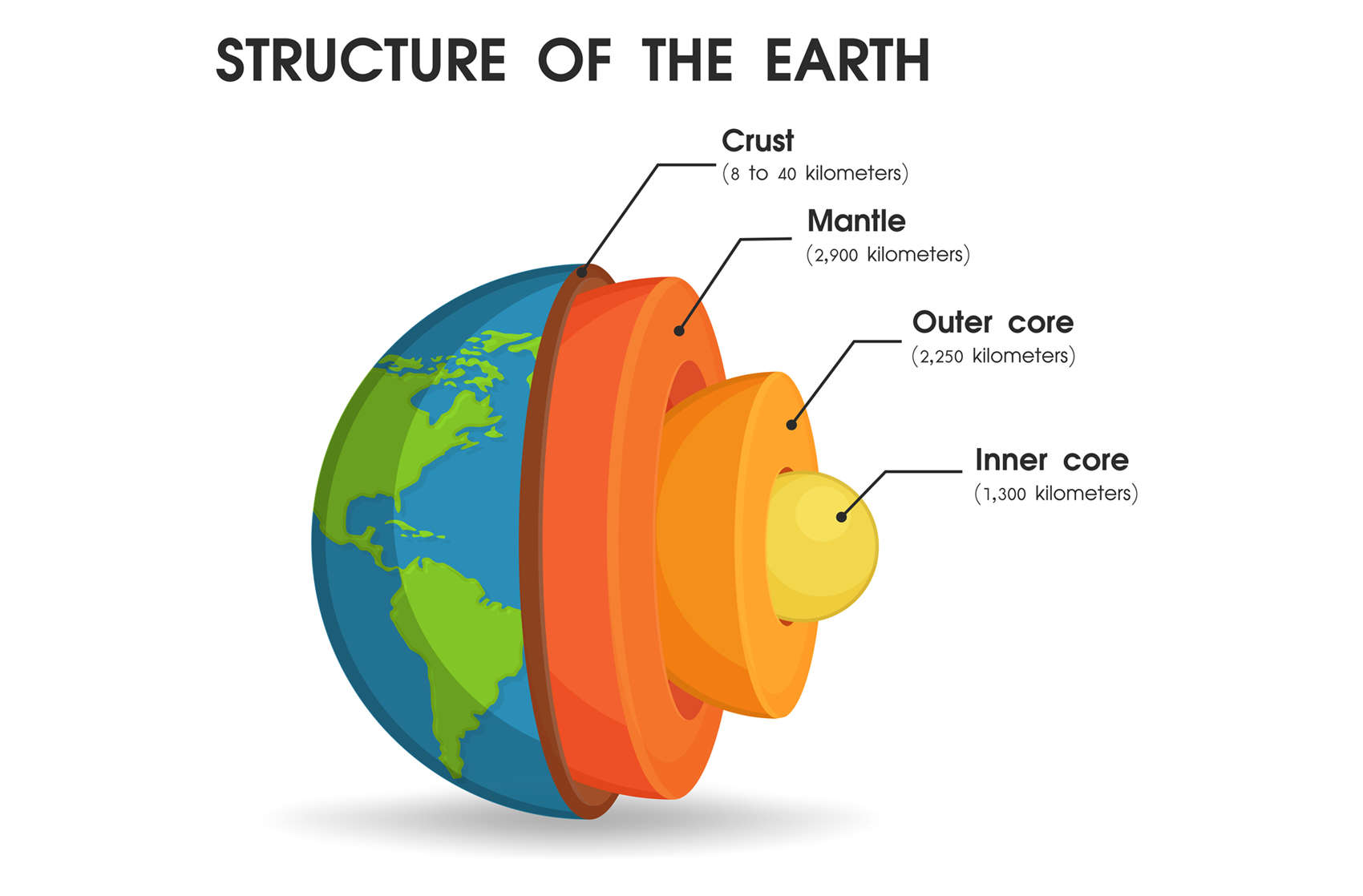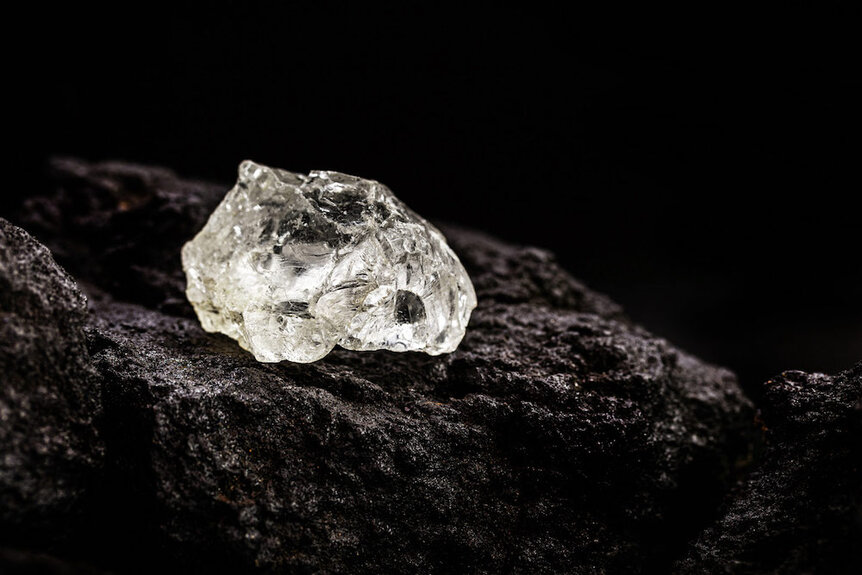Create a free profile to get unlimited access to exclusive videos, sweepstakes, and more!
Life on Earth may have changed the chemistry of Earth's deep mantle
Dead trilobites made diamonds slightly lighter.

It's pretty obvious that the boundary between Earth's mantle and crust has a profound effect on life on the surface: Volcanism and earthquakes are just two events that have a profound and immediate effect.
But new evidence has just been published that the reverse may be true as well. And not only does it appear that life on Earth has an impact on the top of the mantle, that effect can be traced all the way down to the Earth's core.
Whoa.
In the new work [link to paper], scientists looked at kimberlites, igneous rocks created in the mantle that find their way to Earth's surface via violent volcanic eruptions. Kimberlites are the most common source of diamonds, created when carbon deep inside the mantle is squeezed and heated so much it crystallizes.
But not all carbon is created equal. By definition, a carbon atom has six protons in its nucleus, but it can have a different number of neutrons — these variations are called isotopes. The most common isotope of carbon has six neutrons, so we call it carbon-12 (or 12C): six protons plus six neutrons. The next most common has seven neutrons, so it's carbon-13 (13C). In general, on Earth, 13C makes up about 1% of all carbon.
The scientists examined 161 kimberlite samples from 69 different places on Earth. These range in age from 12 million to 2 billion years old, and, importantly, they all came from very deep within the Earth. The scientists specifically looked at kimberlites found in areas above deep mantle plumes, which are like conveyor belts of magma that come up from the planet's core/mantle boundary, about 3,000 kilometers beneath the surface.
They found a remarkable pattern: Kimberlites older than about 250 million years all have a higher ratio of 13C to 12C in them than ones that were younger than that age. The difference is small but consistent, and points to some sort of change in the available carbon isotopes in Earth's past that made up the kimberlites. That change is more likely to have occurred on Earth's always-changing surface versus the more stable mantle.
We know that a lot of carbon is recycled by Earth, brought up from the interior and then brought back down by subduction, when a continental plate slides under another and eventually finds itself in the mantle. If carbon from Earth's surface is made into these kimberlites, it takes about 300 million years for it to be dragged down to the core/mantle boundary and then dredged back up. So if something happened to change that carbon isotope ratio on Earth's surface, it happened roughly 550 million years ago.
Which, it so happens, was right around the time of the Cambrian Explosion.
This was a period in Earth's history when life underwent rapid evolutionary diversification, such as the evolution of hard shells that resist erosion and can be found in fossils today, including, famously, trilobites. Life at that time was fruitful and multiplied, raining carbon down into the seabeds, which was then subducted down into the mantle.
Here's the fun bit: Biology tends to prefer 12C over 13C in its chemistry. The extra neutron makes 13C heavier, and it takes more energy to move around and use than its lighter isotopic sister, so life in general uses the lighter 12C isotope (though of course in reality it's more complicated than this).
What this means is that if you look at a lump of inorganic carbon it will have a slightly higher ratio of 13C over 12C than a lump created through biology, because the latter will preferentially keep the 12C around.
What the scientists are positing here is that life got so abundant in the Cambrian Period that it affected the carbon isotope ratio of kimberlites made at the time. That's astonishing.
The logical steps go like this: Life got more abundant on Earth in the Cambrian about 550 million years ago. Life likes 12C, so as organisms died and fell to the seabed they brought a slightly higher mix of that isotope with them. This carbon got dragged down into the mantle, and in some places plunged way down to the Earth's core then back up toward the crust. As it did so it formed kimberlites, and these would have slightly more 12C than average, or, if you prefer, slightly less 13C. Any kimberlites made before the Cambrian Period had more 13C in them, and any made after had less.
Now mind you, there are complications. There are other processes, mostly chemical and geophysical, that can change the 13C/12C ratio, but after looking them over the scientists think that the biological explanation fits the data best.
If they're right, that's pretty dang amazing. Ancient creatures swimming in our prehistoric oceans actually changed the geochemistry of the planet!
… or maybe it shouldn't be so surprising. We're changing our planet's chemistry now. We dump 40 billion extra tons of carbon dioxide into our atmosphere every year, outstripping every volcano on Earth combined by a factor of 100. The planet's climate is changing, and in the end it's humans doing that, and we're biology.
I just hope that, 500 million years from now, hyperevolved voles (or whatever) don't find evidence of some previously unknown species that mucked with the planet so much it changed the environment. We've seen it happen before, but hopefully we're smarter than cyanobacteria and trilobites.






























